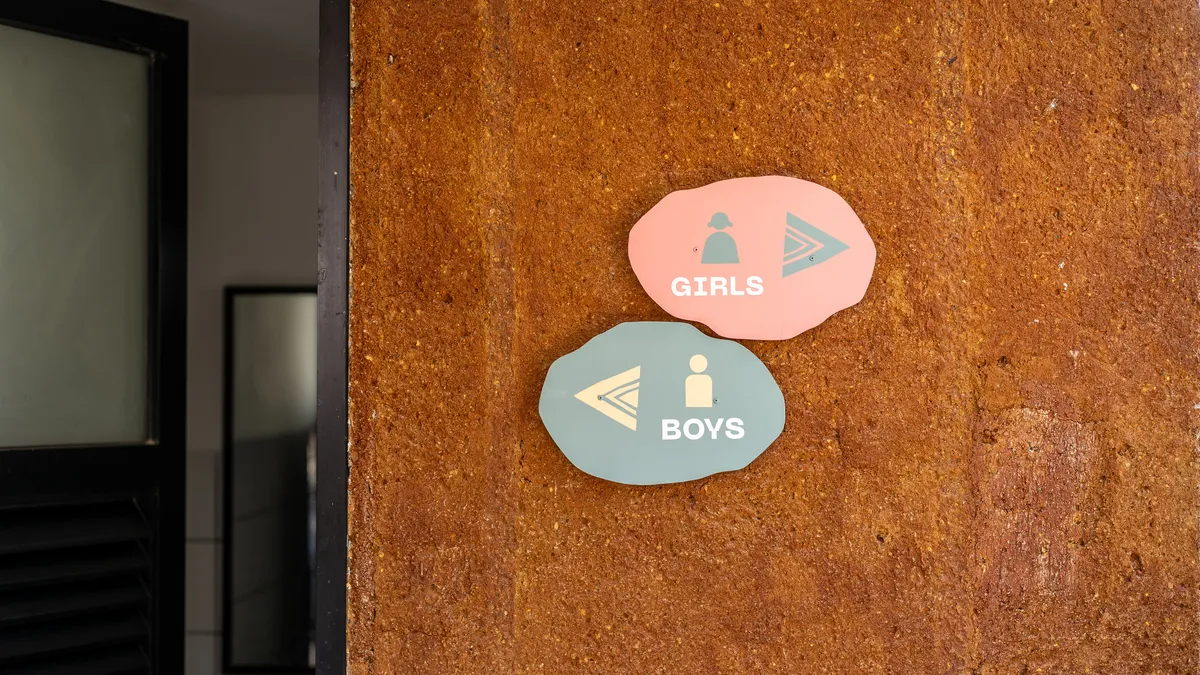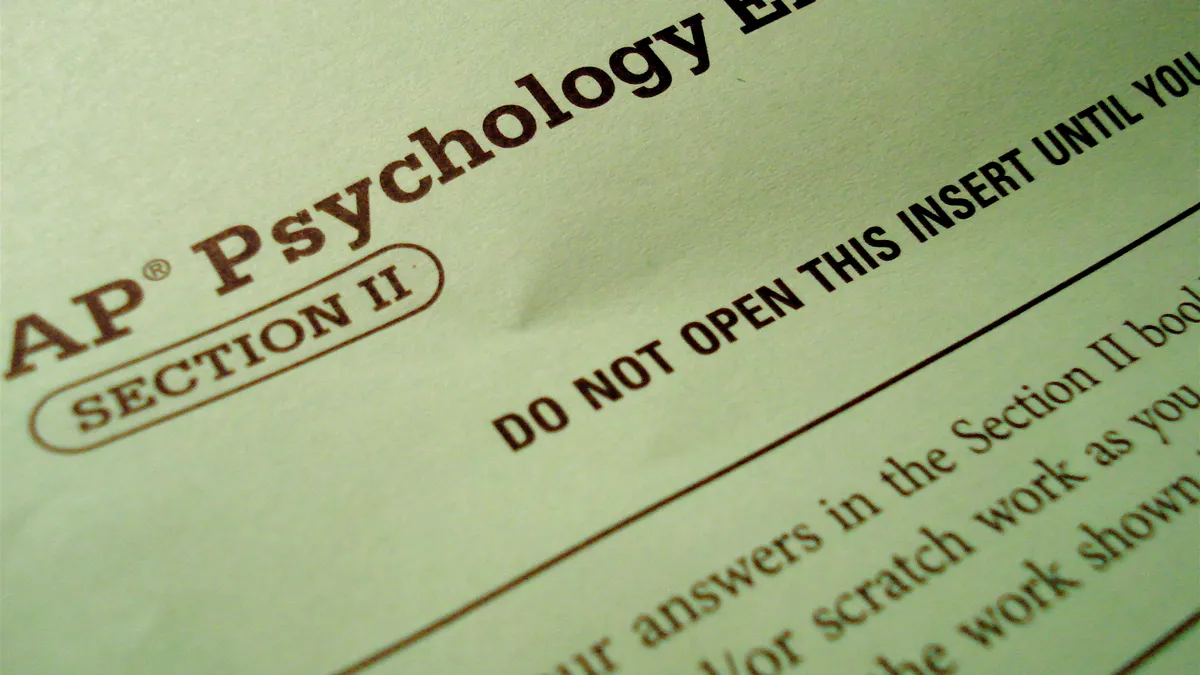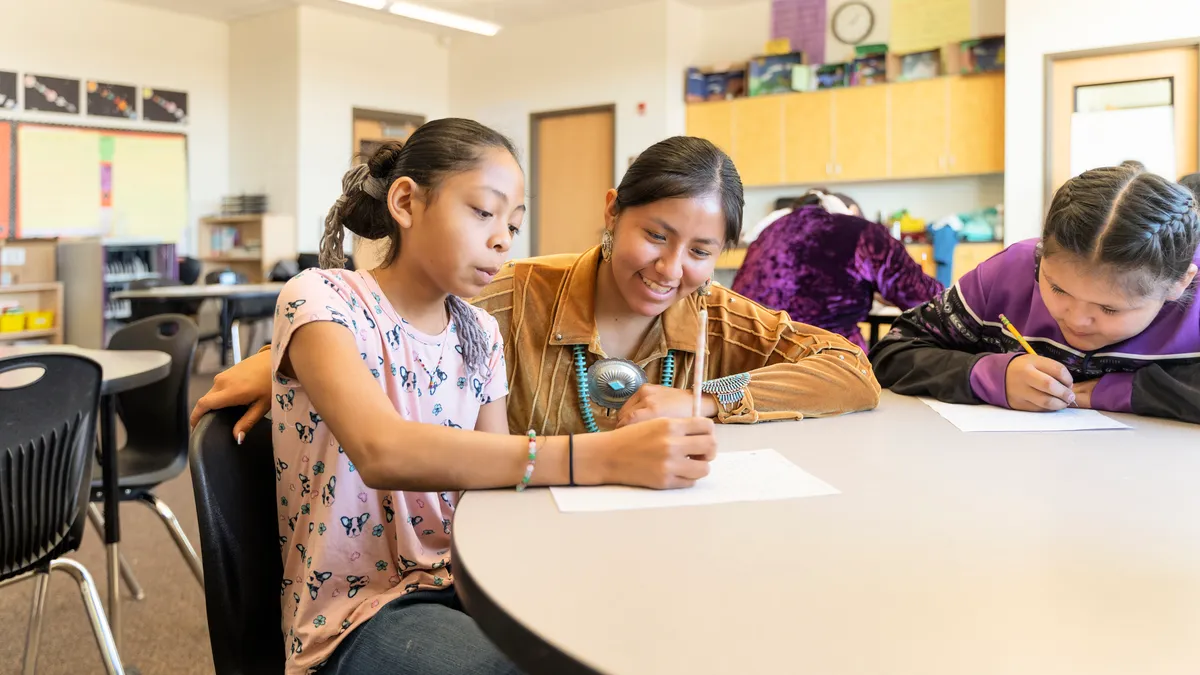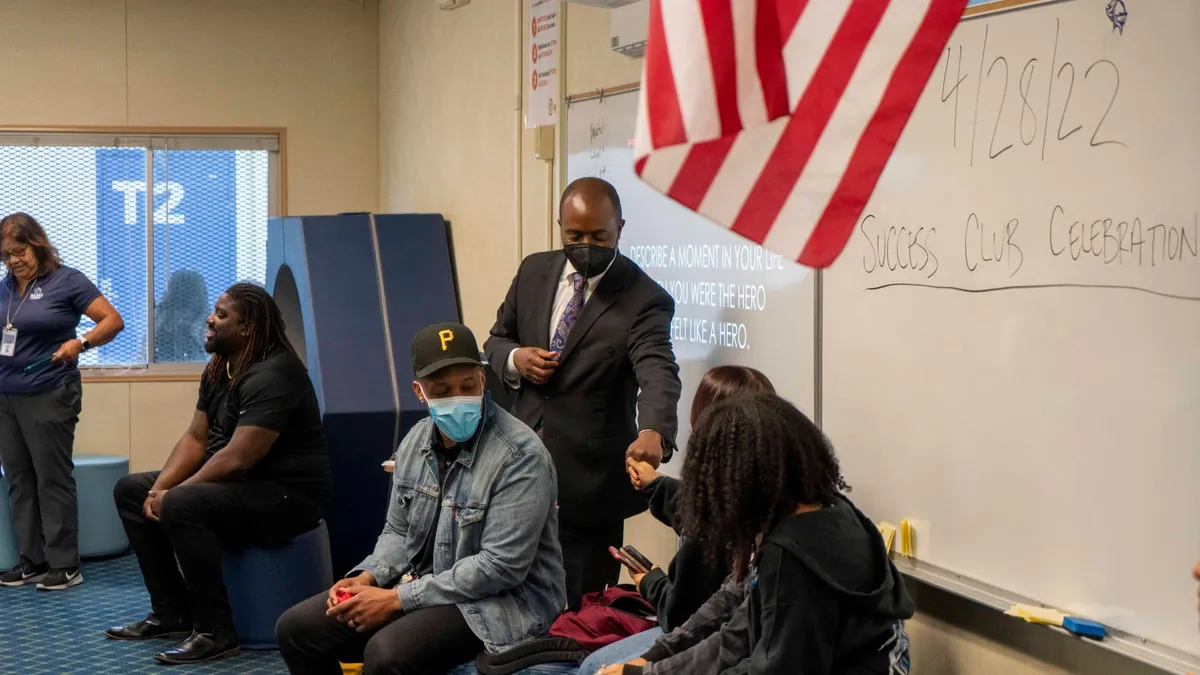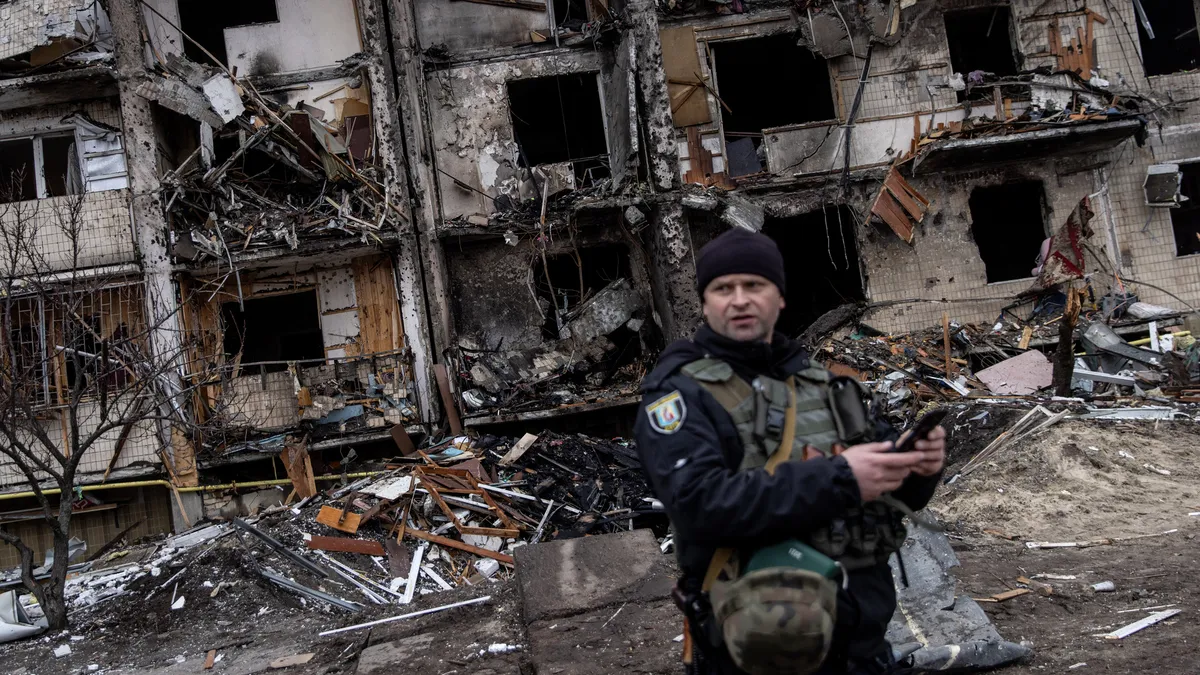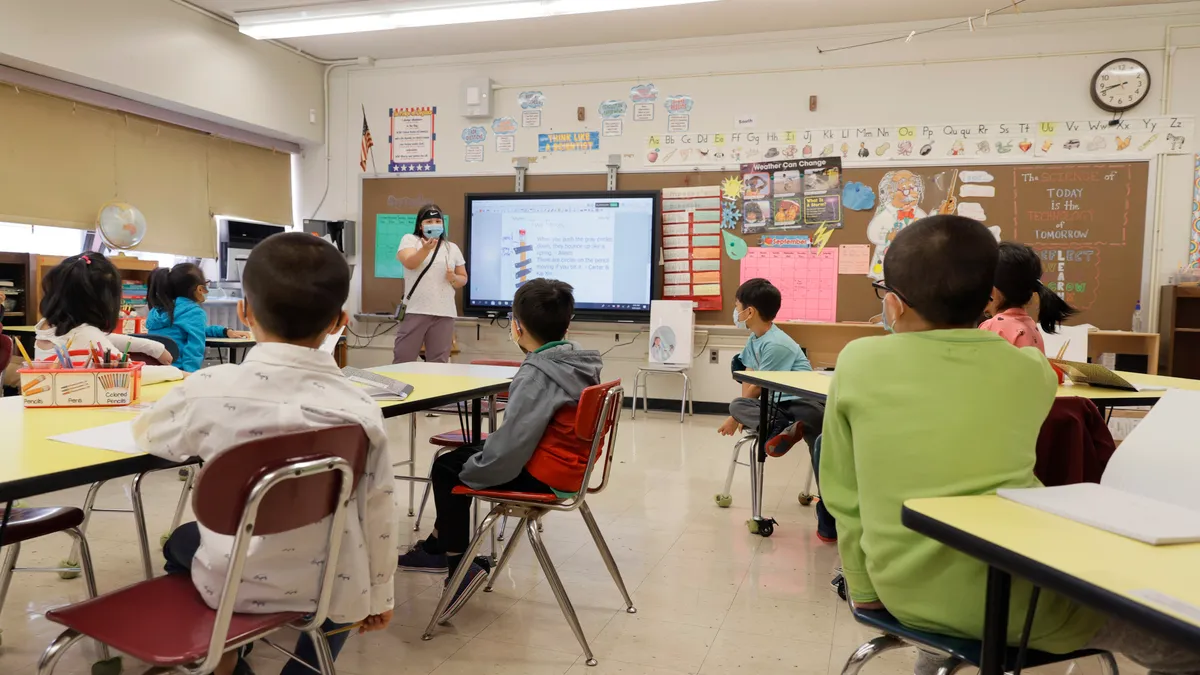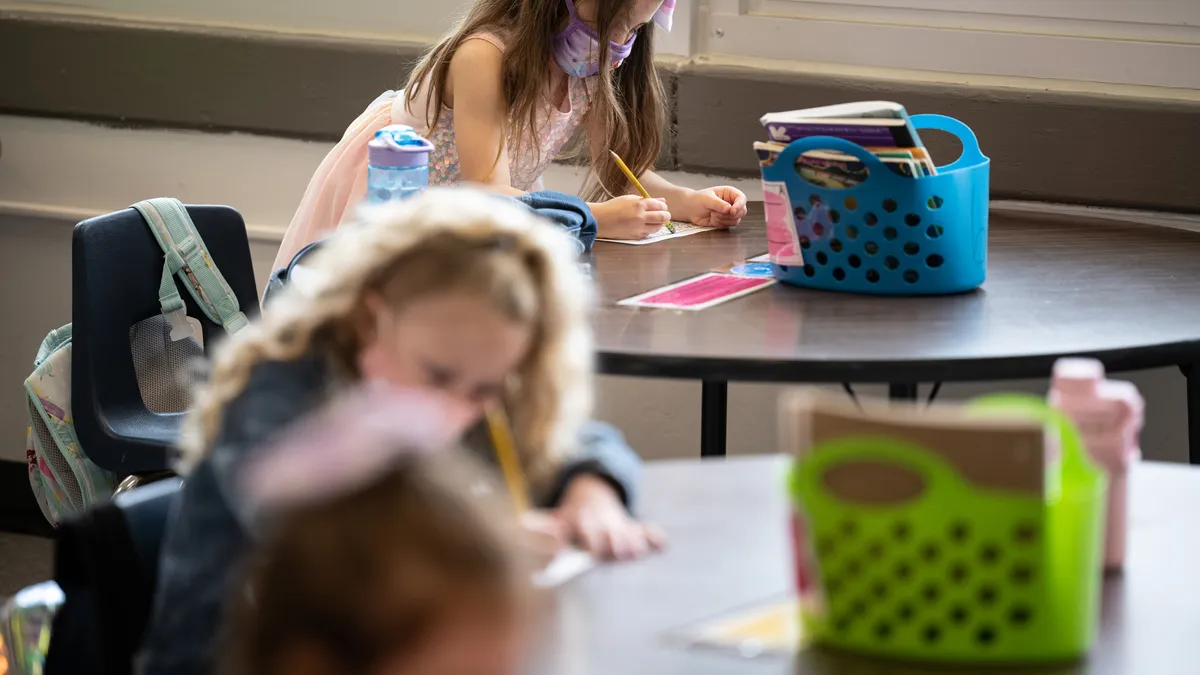PANAMA CITY, Florida — Ilea Faircloth had just stepped into her first assignment as a principal last July, charged with pulling Springfield Elementary off Florida’s list of low-performing schools.
“We were ready to turn this school around. We were going to be a C or better,” she said in an interview, referring to the state’s grading system for schools. “The kids had bought in.”
Then, a month and a half into the school year, Hurricane Michael blasted Panama City, and among Bay District Schools’ more than 30 campuses, Springfield experienced some of the Category 4 storm’s worst damage.
“My school quite literally blew away,” she said.
Now, some five months months later, the school is one of five district buildings that remains closed. Its torn-away roof, wet classroom floors and vacant spots where modular buildings once stood serve as ever-present reminders of how one of the most intense hurricanes in U.S. history has dramatically changed the landscape — and schools — in this Gulf Coast community.
Without a school to lead — and with students either attending another district elementary school, living outside the area or not yet accounted for — Faircloth has assumed a new role as the district’s liaison to the Federal Emergency Management Agency (FEMA).
She also oversaw three phases of managing donations and distributing school supplies, clothes and Christmas gifts coming in from across the U.S. to teachers and children.
“I’ve never worked in a warehouse,” Faircloth said. But now, she said, she can operate a pallet jack — like a manual forklift — and quickly get truckloads of shoes to those who need them.
As a principal, "disaster preparedness is not part of your training," Faircloth said. “But flexibility and organization — those things do make a great leader.”
Homeless students and teachers
School resumed in early November, almost a month after the storm hit. But with a large portion of the area’s rental housing uninhabitable, jobs that have disappeared and many older single-family homes also destroyed, district enrollment is still down roughly 17% from the more than 26,000 students who had attended before the storm.
About 4,700 students are technically homeless, with many living with other families and relatives. Many teachers also had no homes to return to, leading to some doubling up with each other. And others, amid increased difficulty to find substitute teachers, now have to drive 2 hours just to get to work.
While some families have found temporary housing in short-term rentals along the beach, Michael Petty, an assistant administrator at Jinks Middle School, said another housing crisis is about to hit when those families have to vacate, as he says spring breakers and other vacationers have already booked those properties for the next several months.
For about a month, the Jinks building — which was damaged less than several other sites, but still lost a newly renovated gymnasium — also housed Bay High School students. The high-schoolers would attend from about 7 a.m. until noon, and Jinks students would arrive in time for lunch and stay until 6 p.m.
Now back at their school, about 60% of Bay High students are in portable classrooms. In fact, the district has spent about $10 million just on modular classrooms, Superintendent Bill Husfelt said in an interview.
Ironically, the storm has accelerated the timeline on an expansion project at Bay High that secured land across the street for a new STEM and fine arts building. There’s a proposal to eventually combine the Springfield site and Everitt Middle School next door into a K-8 building, but “the community isn’t here,” Faircloth said. “You’re not going to build a new school where you’re not going to have anyone to attend it.”
Overall, estimates put the cost of the damage in the $350 million range, Husfelt said. But the district’s insurance policy only covered up to $100 million. Architects are currently working on estimates for repairs and replacing the technology, but because FEMA funding is a reimbursable program, a “strategic shuffle” will be necessary to do the work, Faircloth explained.
Every building also needs a new roof, said Husfelt, who spends all of his time working on recovery issues. “Before the storm, I don’t know what I did,” he jokes. “Now, every meeting I have is about the hurricane.”
“You’re not going to build a new school where you’re not going to have anyone to attend it.”

Ilea Faircloth
Former Springfield Elementary principal, now the district's liaison with FEMA
Not a 'normal life'
Also before the storm, Crystal McNeal was another first-year principal, leading Patterson Elementary. She evacuated to Alabama with her two children and came back to school the Friday after the storm to find a tree had crashed through the roof of the cafeteria, and the 150-mile-per-hour winds had lifted a child care facility adjacent to the property and dropped it on top of the physical education building.
“But the biggest thing is our population wasn’t there,” McNeal, who now heads up the district’s efforts to locate students who haven't returned since the storm, said in an interview.
She spends her days knocking on doors, sending emails, scouring social media accounts, working with other government agencies, and doing her best to verify whether displaced students have enrolled in other schools in Florida or outside the state.
“In a normal life,” McNeal said, parents who left the area or staff members from receiving schools would have called to request student records, but after the storm, no one was at the district schools to answer the phones. And families in “survival mode” are unlikely to have contacting the school as their top priority, she said.
But learning from the aftermath of Hurricane Katrina in New Orleans — as well as a recent tragedy in Suwannee County, Florida, unrelated to the storm, in which three children accidentally suffocated in a freezer — McNeal said it’s important for district leaders to have a “clear conscience” and know they did everything possible to locate students who haven't returned.
Among the roughly 200,000 Louisiana and Mississippi students displaced after Katrina in 2005, researchers found ongoing effects. Five years after the hurricane, 34% of middle and high school students were at least a year behind in school and were 4.5 times more likely to have “symptoms consistent with serious emotional disturbance” than a comparable group of children surveyed the year before.
The researchers called for increasing mental health services available to students affected by such disasters, which is exactly what districts impacted by more recent storms have tried to do.
Since developing her “private investigator” skills, McNeal and other staff members have been able to whittle a list of 1,000 missing students down to about 430.
“There is a large number that we believe are not in school anywhere,” Husfelt said. Further complicating the process, he said, is that “so many people today change their phone number every month when they run out of minutes.”
High school students, McNeal added, are sometimes easier to find on social media because they have their own accounts, but she also wonders at what point she should stop trying to contact 18-year-olds who have chosen not to return to school because they can make good money doing recovery work.
One of the first messages Husfelt had for students and teachers, especially at the high school level, was that students and educators would not be penalized for the loss of learning due to the storm. The district has asked the state for “relief from the state in every area from testing requirements to funding formulas,” but hasn't yet received a definitive answer. But McNeal stresses to older students that they clearly have to be in school to benefit from any leniency granted over testing and grades — and that the high-paying jobs they’re finding now are only temporary.
'The stress of the storm'
It's bow tie day at Jinks Middle, a fun way to let students express their personal styles, said Petty, since many of them lost everything in the storm. He finds that as time moves on, students are less willing to accept donated clothes or to appear as if they need help. The district has relaxed dress codes, and in those first weeks back at school, “every rule just about went out the window,” he said.
Petty said he’s also beginning to see more behavior issues and gaps in attendance as the ongoing stress and instability affects families. Of the pre-hurricane enrollment of 600, about 400 students have returned and many have moved more than once since then.
When school opened, Petty and the teachers had a range of art, poetry and conversation activities planned for students to help them share their experiences. But he’s found that students don’t “want to explicitly talk about the storm” — sometimes because they weren't as unfortunate as their friends and feel guilty that they still have a place to live.
Before the storm, the district was already increasing its focus on students’ mental health and had received funding through the state’s Marjory Stoneman Douglas High School Public Safety Act to hire mental health professionals, Kara Mulkusky, the district’s director of student services, said in an interview. The district also had partnerships with mental health service providers in the county, including one in which counselors from Florida Therapy Services worked in schools with students referred for services.
But since so many of those providers have also lost buildings, many of those services have now been interrupted. “Now we’re even short in the community and that’s really where we’re hurting the most,” Mulkusky said.
In addition to requesting waivers related to academic requirements, the district also asked the state for $2 million in additional funding for mental health support, which it has not yet received. This week, however, the district began surveying students in grades 2 through 12 to better assess students’ needs — using an instrument developed at the University of Miami designed specifically to focus on experiences related to disasters.
By early April, Mulkusky hopes to have data that will provide more accurate information on which schools have students with the greatest needs. They will then use that data to apply for additional funding. She added, however, that “right now, I think pretty much across the district are high-need areas.”
‘There was a need’
In the days after the storm, Petty and two other Jinks employees drove around the area in a small bus handing out clothes and food. Administrators at Bay High and many other schools were on call for shelter duty, another example of the additional roles many leaders in this district have stepped into since the storm.
McNeal said if she is not able to work directly with her students, she can at least focus on making sure they are safe and fed.
“As a principal, there was a need,” she said. “As an educator, that’s where we go.”






